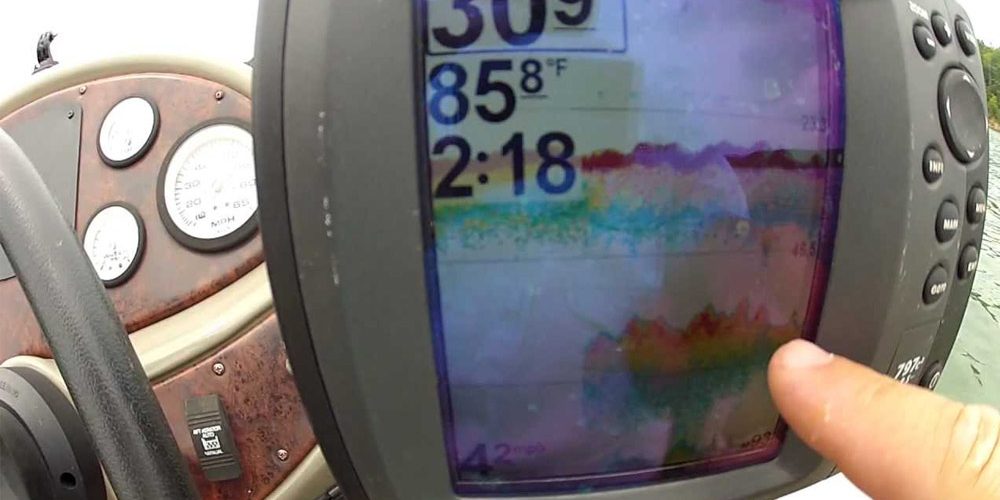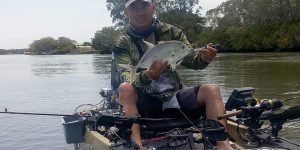Fishing with fish finders has become indispensable these days. And since the use of fish finders has become widespread, so too has the number of different fish finder models has as well.
Where previously only a few models from a manufacturer for fishing were available, so you have today a huge selection of small cheap devices to absolute high-end models for many thousands of dollars. Each of these devices is justified and has its uses, only the buyer has to decide what he really needs for his use and for which fishing method.
If you are planning to buy a fish finder, then you also need to know about what different types there are. There are three different types of fish finders to choose from:
- the normal 2D fish finder
- the downscan fish finder
- and the sidescan fish finder
There are also fish finders that use a combination of different technologies to locate shoals of fish. But in principle, the basic functions of each type of fish finder are different. And learning about each of the functions of the fish finder is going to help you determine which would suit your needs more. So below are more details about each type of fish finder. All three types of fish finders have advantages and unfortunately also disadvantages, so try to be open-minded about which one to buy.
2D fish finders
The 2D device is already familiar to most from the past. It has a black/white or colour display, with the image always scrolling from right to left, reliably displaying the rough texture, soil hardness, and even fish while fishing. Although not realistic, but with a little experience and in combination with a powerful electronics recognize the fish based on the representation of the swim bladder as a symbol, usually as a dot or dash.
SideScan fish finder technology
If you expect the perfect display quality, you need a side-scan sonar, This not only covers a small area under the boat, but the width is almost freely adjustable. From 1 meter to the right and the left side, up to incredible 30 meters, each side is almost photorealistic possible. This is a dream for sampling large lakes and open waters. However, SideScan fish finders usually cost more money.
DownScan fish finder technology
And with that, cheaper DownScan models, are gaining in popularity. This kind of fish finder gives a photorealistic view from the top down below the device. The detection range is smaller and not adjustable so that you will have only narrow detection areas for very shallow lakes. Nevertheless, the picture is almost vivid and provides a perfect representation of whatever is underwater. However, fish are only properly displayed in good visibility conditions. This can go so far that a pike can be recognized by the elongated body shape, just as the high-backed body of a carp casts a typical shadow. As soon as a fish detected in the sensor of the device moves too much, it is no longer recognizable. The soil hardness is usually not displayed.
Popular Fish Finder Brands
When choosing a fish finder try and select a well known brand rather than a cheap alternative. Established brands will often provide much better after sales support and servicing options as well as regular map updates and new models. Do your homework and read as many fish finder reviews as possible. Some of the most popular fish finder brands are:





